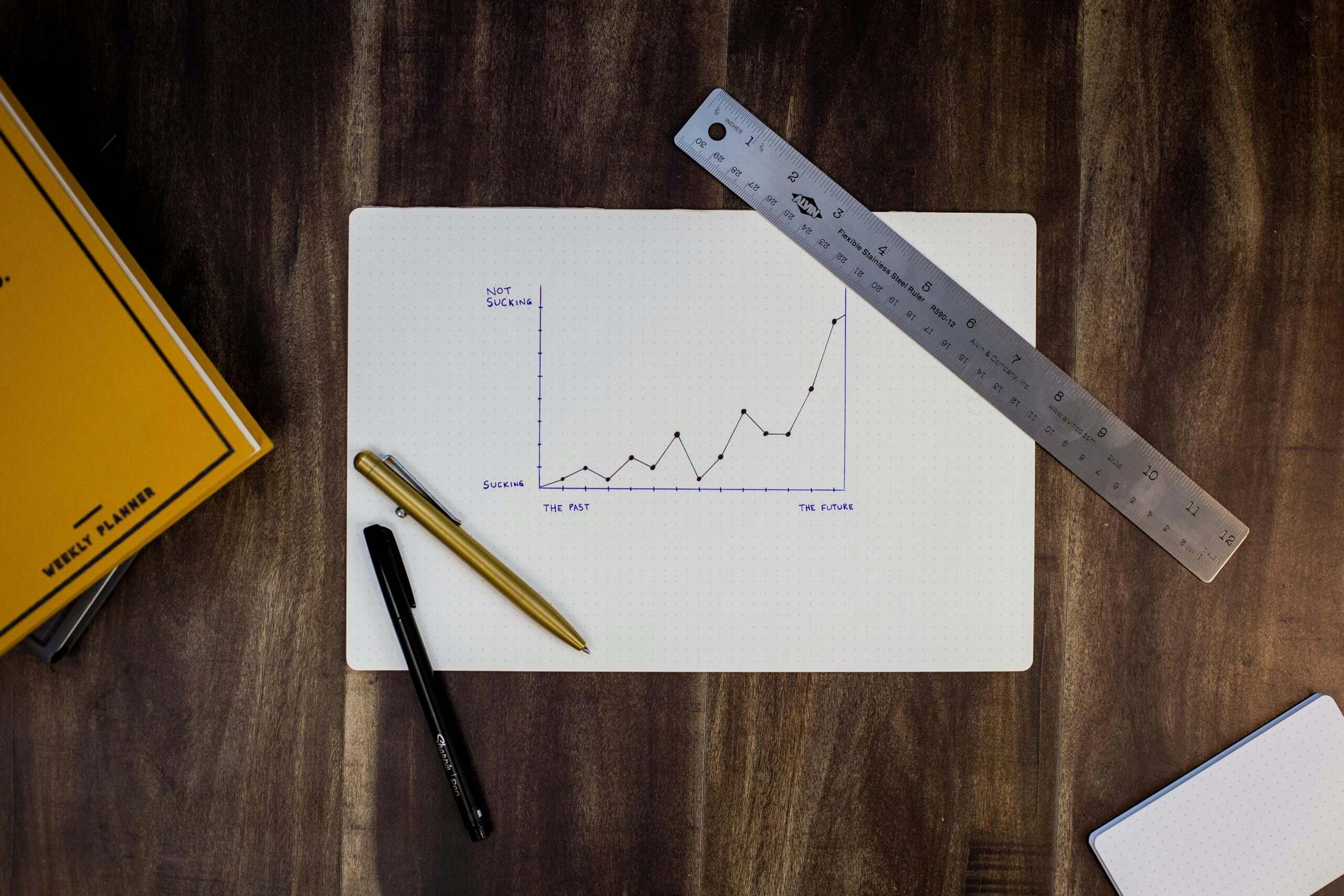Conversion Rate Optimization (CRO) hinges on the intricate relationship between web design, layout, and user experience.
An intuitive and visually appealing interface plays a crucial role in shaping how users interact with a website. When visitors find a site easy to navigate and aesthetically pleasing, they are more likely to engage with the content and stay longer. This increased engagement is often the first step toward guiding visitors through the conversion funnel, whether that means making a purchase, signing up for a newsletter, or any other desired action.
A positive user experience is essential for achieving higher conversion rates. Well-structured design elements, such as clear calls to action, organized navigation menus, and strategically placed content, help users find what they are looking for quickly and efficiently. When users can easily complete their desired actions without frustration, they are more likely to convert. This seamless experience reduces bounce rates and increases the likelihood of visitors taking the intended steps, whether it’s filling out a contact form or completing a transaction. Essentially, a website that prioritizes user experience helps build trust and credibility, which are key factors in convincing visitors to take action.
Moreover, investing in high-quality web design and layout is not just about aesthetics; it’s about creating a functional and user-friendly environment that caters to the needs of the audience. Elements like fast load times, mobile responsiveness, and accessible design further enhance user satisfaction and engagement. By continually analyzing user behavior and feedback, businesses can make informed adjustments to their web design, ensuring that it remains effective in driving conversions. In conclusion, the synergy between web design, user experience, and CRO is a powerful tool for turning visitors into loyal customers, ultimately driving business growth and success.

